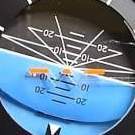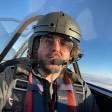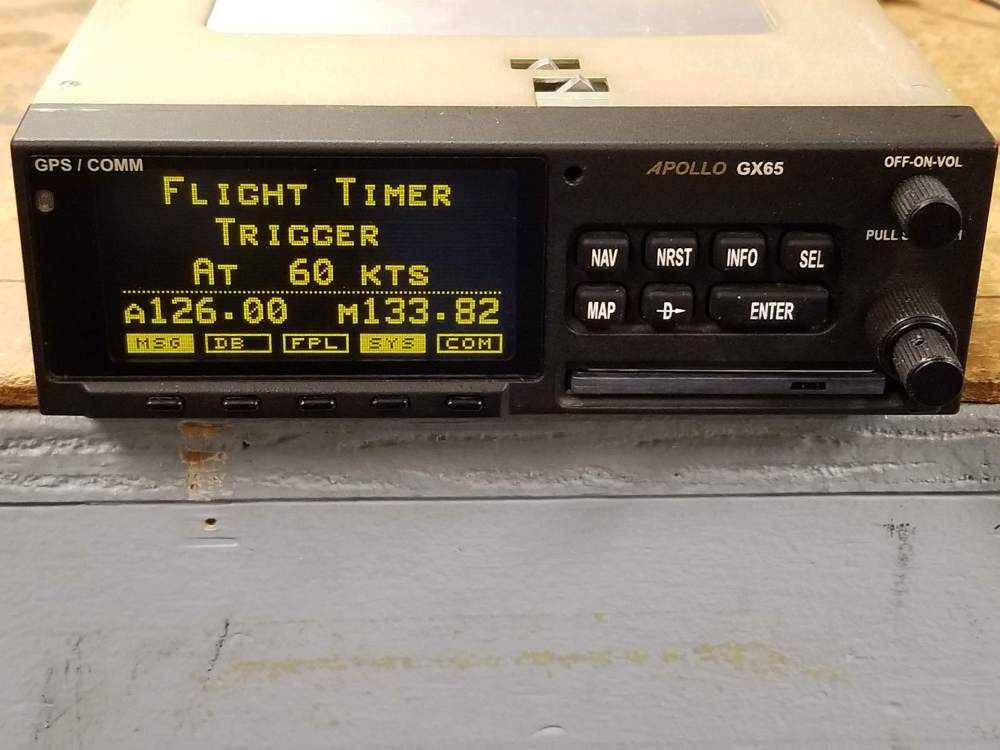-
Posts
50 -
Joined
-
Last visited
Profile Information
-
Gender
Male
-
Location
Kansas
-
Model
1974 M20E TN
Recent Profile Visitors
1,358 profile views
Little Runaway's Achievements
-

McCauley D-6012-1 SOLD
Little Runaway replied to Little Runaway's topic in Avionics / Parts Classifieds
Sorry for the delayed reply. It's been sold. Thanks, Aaron -

Copy of RAJAY STC SA1411WE
Little Runaway replied to tomgo2's topic in Vintage Mooneys (pre-J models)
Just sent via PM. Aaron -

A full composite Mooney. Possible or not?
Little Runaway replied to Cargil48's topic in General Mooney Talk
There are a lot of misconceptions out there regarding the use of composite materials in aircraft. Many people immediately think of carbon fiber but composite aircraft are also designed from fiberglass, Kevlar, and other plastic materials. Carbon fiber can be used to create very complex structures with low parts counts. It can also be stiff and lightweight. Notice the use of the word "can" above. Poor designs/layups end up being heavier/weaker than an aluminum alloy part. One of the really cool things about working with it is that different fiber weaves/strand orientations can be used to precisely control strength and stiffness in specific orientations with respect to the part. Carbon structures aren't the magic bullet, however. Working with composites generates hazardous fumes and dust, requires complex tooling, molds, autoclave, etc. Oh yeah, it's really expensive too. Carbon Fiber is also reactive so there are special considerations when bonding/mating it with other materials. There are special HIRF and Lightning considerations as well. One of the biggest challenges with small aircraft like Cirrus or Diamond is structural repair. It often requires an engineering analysis authorized by the factory. I purchased a salvage DA-20 several years ago that had a relatively simple nose wheel collapse and the factory refused to approve a repair. All that being said, Cirrus, Diamond, and others have successfully produced many small composite aircraft without rivets and there are many happy owners. So to your question about making a Mooney exclusively from composite materials--I think you would find that the aircraft wouldn't look just like the Mooney. Much of what makes a Mooney look like a Mooney is because of how it was constructed. Metal fuselage frame with unstressed skin bolted to a semi-monocoque empennage with an all-moving tail. Lots of parts! You can see where the OML changes on a Mooney in these areas. It would probably be more practical to do what Cirrus does--just join two fuselage halves together, which would likely result in a more blended look, i.e., Cirrus. My 2 cents. Hopefully this provides some additional insight. Aaron -

McCauley D-6012-1 SOLD
Little Runaway replied to Little Runaway's topic in Avionics / Parts Classifieds
Carusoam, thanks again! Richard, I still have it for sale. Will send you a PM. Thanks, Aaron -
You might consider updating your software. There have been some important bugfixes as well as several new features and additional functionality. Your GTN is several releases out of date: https://www.garmin.com/en-US/aviationalerts/approval-of-gtn-v6-50-flight-stream-210-v2-90-flight-stream-510-v2-40-and-gtn-com-v2-30-software-for-aml-stc-sa02019se-d/ https://www.garmin.com/en-US/aviationalerts/approval-of-gtn-6xx-7xx-software-version-6-51/ https://www.garmin.com/en-US/aviationalerts/approval-of-gtn-6xx-7xx-software-version-6-62-and-flight-stream-510-software-version-2-51/ Aaron
-
I purchased it new about a year ago as a temporary solution for digital CHT in my panel. It's probably the best I've seen for CHT as it shows the coldest and hottest cylinders at the same time. Doing a full panel overhaul so I don't need it any more. It's in excellent working condition. (picture from Aerospace Logic website) Excellent instrument. This is a TSOd unit. Includes the type J probes, connectors, and harness. $380 plus actual shipping cost with carrier/method of your choice. More info here: http://www.aerospacelogic.com/index.php?dispatch=products.view&product_id=64
-
I had an RF ablation procedure in 2011 to correct A-Fib. I was 37 at the time. It took about 6 months to get the procedure scheduled with a cardiologist. I had to be on Warfarin (Coumadin) for a few months prior to the procedure, if I remember correctly. It was a PITA having to have bloodwork done a couple times a week for three months but the procedure went well with a pretty short recovery time. The FAA required a 6-month waiting period before they would consider a special issuance. They required a report from my cardiologist after wearing a Holter monitor for a week or two and having some bloodwork done. My cardiologist gave me a letter and I took it to my AME, who, submitted the cardiologist letter with my application for a 2nd Class medical. It didn't take long (a few weeks, maybe) before I received a mail response from OKC with a Special Issuance 3rd Class medical enclosed (I can't recall what else they wanted before they would issue a 2nd class--it may have been more information from my cardiologist but I was able to get a 2nd Class shortly thereafter). The conditions of the Special Issuance were that I was required to wear a Holter monitor for 24 hours and see an AME every year for five years (the Special Issuance was only valid for one year). I was also required, of course, to report any further symptoms. After the fifth year I received a letter from Oklahoma City informing me that a Special Issuance was no longer required. I did a lot of research prior to choosing RF ablation, and more importantly, my cardiologist. I fly professionally (not airlines) so I wanted to minimize the time I would be without a medical. My supervisor, at the time, had a great idea. He had a contact at the FAA in OKC and was able to find out which cardiologists in my area were able to get the paperwork to the FAA, with the right information, in a timely manner. Apparently some are terrible and don't want to deal with it. I chose the cardiology clinic based on this information. I didn't have much control over who in the clinic performed the procedure but he was top-notch. He sat down with me for about 45 minutes and made sure all of my questions were answered prior to scheduling the procedure. I asked him about success statistics and how he mitigated risk. He was able to answer all of my questions and it was clear he was methodical and knew his trade. He also agreed to help me with whatever the FAA required following my recovery. My procedure lasted about 8 hours--they had trouble getting me into fibrillation and I actually had a couple of different fibrillation modes. As far as getting back to sinus rythm, that's probably bordering on medical advice so I'm not comfortable posting what worked for me on this forum. I'm happy to discuss it with you if you want to PM me. Good luck. It's a stressful experience but it definitely worked out for me and I've been in sinus rhythm for years. I've heard that the new cryo stuff is less likely to damage surrounding tissue, or result in the need for a pacemaker, but I'm not sure as I haven't needed to look into it! Aaron
-
Little Runaway changed their profile photo
-

Need a Solid From Someone Going to Oshkosh!
Little Runaway replied to DualRatedFlyer's topic in General Mooney Talk
I'll also be there Monday morning. Happy to stop by and do it if Brian E. is unable. Aaron -

McCauley D-6012-1 SOLD
Little Runaway replied to Little Runaway's topic in Avionics / Parts Classifieds
Thanks, carusoam. I still have it, Captnmack. I'll send you a PM with contact info. thanks, Aaron








